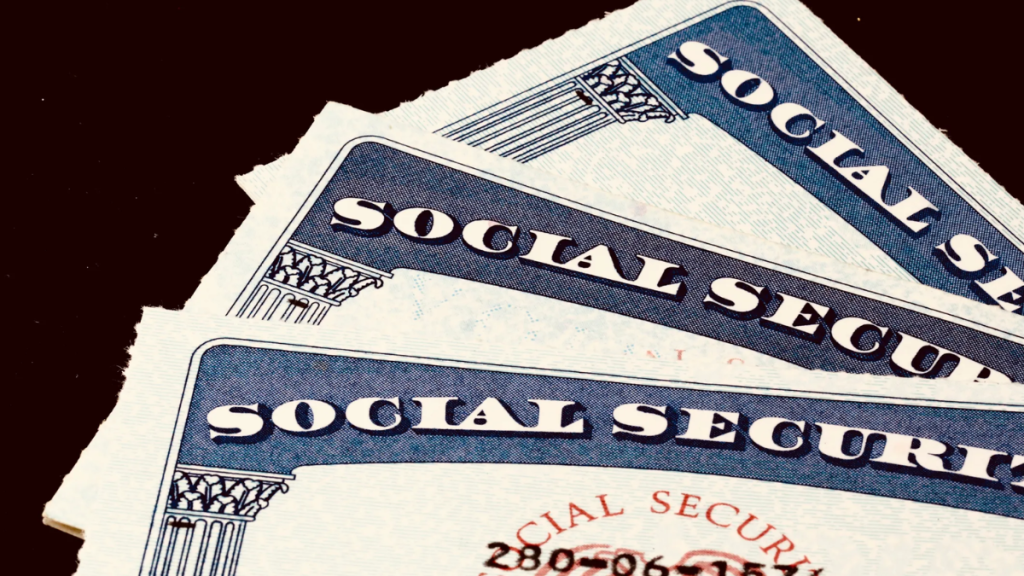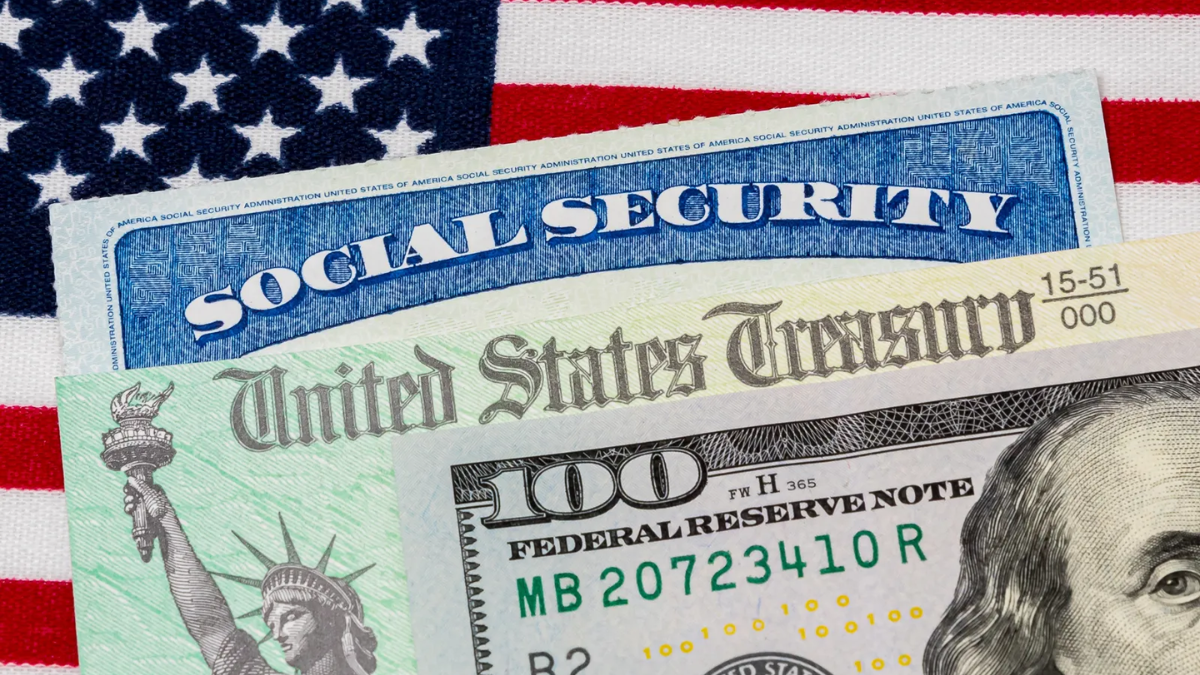The future of Social Security has long been a hot topic in American politics. As debates surrounding its solvency and sustainability continue to gain attention, the idea of privatizing the Social Security system has resurfaced. Proponents argue that privatization would provide workers with more control over their retirement savings and ensure a more market-driven approach to retirement planning.
However, critics warn that such a move could have dire consequences for millions of current retirees who rely on Social Security as their primary source of income. So, how would privatizing Social Security affect today’s retirees?
The answer depends largely on the specifics of the privatization plan. While current retirees may be shielded from the immediate impacts of privatization, there are potential long-term consequences that could affect their benefits, healthcare access, and overall financial security.
Current Retirees and Social Security Privatization: What Would Stay the Same?
Under most proposals to privatize Social Security, retirees who are already receiving benefits would not face immediate cuts. These individuals are often considered “grandfathered” into the current system, meaning their benefits would remain the same while younger workers might shift to private retirement accounts.
This protective measure aims to ensure that those who are already depending on Social Security don’t suffer from any abrupt changes.
For current retirees, the most important aspects of Social Security would likely remain intact:
- Monthly Benefits: Current retirees would continue to receive the monthly checks that they’ve been promised. These payments would be based on the amount they contributed throughout their working lives, with no immediate changes to how they are calculated.
- Medicare Eligibility: Medicare, which provides healthcare coverage to seniors, operates separately from Social Security. Therefore, the privatization of Social Security would not directly impact retirees’ access to Medicare benefits.
- Survivor and Disability Benefits: For those currently collecting benefits, survivor and disability programs would likely remain unchanged as well.
These protections would help ensure that retirees are not left without the income they depend on, even if the larger Social Security system undergoes a major overhaul.
Potential Risks of Social Security Privatization for Retirees
While the immediate effects of privatization on current retirees may be minimal, there are several risks and uncertainties that could arise in the long term:
1. Funding Shortfalls
One of the most significant risks associated with privatizing Social Security is the potential for funding shortfalls. Under the current system, payroll taxes are collected from workers to pay for the benefits of retirees. If privatization were to divert some of these funds into private accounts, the Social Security Administration might face a reduced stream of revenue.
This could strain the ability of the government to maintain payments to current retirees without additional funding sources.
In order to address these shortfalls, the government could potentially rely on borrowing or increased taxes, which could create economic uncertainty. Over time, if private accounts fail to generate enough returns, there may be increased pressure to reduce benefits for existing retirees.
2. Cost-of-Living Adjustments (COLAs) at Risk
One of the key features of the current Social Security system is its cost-of-living adjustments (COLAs), which help ensure that benefits keep pace with inflation. These adjustments are critical for maintaining the purchasing power of retirees as the cost of living rises over time.
However, under privatization, lawmakers may attempt to reduce or eliminate these adjustments in an effort to save money. Without adequate COLAs, retirees could find their benefits eroded over time, making it more difficult to meet basic living expenses.
While the specifics would depend on the details of the privatization plan, the risk of losing or reducing COLAs could have serious implications for today’s retirees.
3. Increased Market Volatility
Privatization typically involves shifting workers’ contributions to individual investment accounts, where they can choose from a range of investments, such as stocks, bonds, and mutual funds. While this approach offers the potential for higher returns, it also introduces the risk of market volatility.
Current retirees wouldn’t be directly affected by market fluctuations in the same way that younger workers would. However, the broader financial implications of privatization could spill over into the Social Security system as a whole.
If the stock market performs poorly, it could undermine the financial health of the privatized system, potentially leading to delayed or reduced benefits for retirees in the future.
4. Political Uncertainty and Potential Changes
Social Security has always been a politically charged issue. Any significant change to the system, such as privatization, could lead to future political instability. As political parties and interest groups push for different reforms, retirees may face an unpredictable future.
Changes to the privatized system could be enacted by future lawmakers, potentially threatening the stability of benefits for those already relying on them.
Retirees who are used to a more stable, government-backed system may find the prospect of political influence on their retirement security unsettling. The uncertainty surrounding privatization could increase anxiety among retirees about the reliability of their benefits.

What Should Retirees Do in Light of Social Security Privatization?
While current retirees are unlikely to see immediate changes if Social Security is privatized, it’s important to stay informed and prepared. Here are some steps retirees can take to safeguard their financial future:
- Stay Updated on Legislative Changes: Pay attention to discussions in Congress regarding Social Security reform. Understanding potential changes will help you prepare for any future shifts in the system.
- Diversify Your Income Sources: Don’t rely solely on Social Security. Ensure that your retirement savings include other sources of income, such as personal savings, pensions, or annuities.
- Consult a Financial Advisor: A retirement planner can help you assess how potential changes to Social Security might affect your overall financial plan. They can also provide guidance on diversifying your assets to minimize risk.
Conclusion: Social Security Privatization and Its Long-Term Effects on Retirees
The privatization of Social Security presents both opportunities and risks. While current retirees are unlikely to lose their benefits immediately, the long-term stability of the system and the potential for funding shortfalls could introduce new challenges.
The risk of reduced cost-of-living adjustments, market volatility, and political uncertainty should not be ignored.
Ultimately, any major change to the Social Security system should be carefully considered, and current retirees should remain proactive in protecting their financial well-being.
By staying informed, diversifying their retirement income, and seeking professional advice, retirees can better navigate the evolving landscape of Social Security privatization.
For more information on the potential impacts of Social Security changes, visit the Social Security Administration’s official website here.
Disclaimer – Our team has carefully fact-checked this article to make sure it’s accurate and free from any misinformation. We’re dedicated to keeping our content honest and reliable for our readers.
